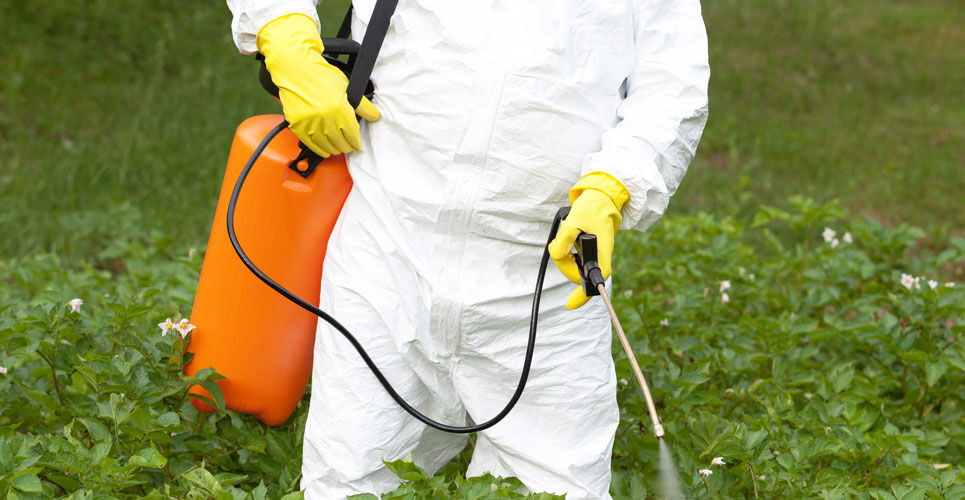Glyphosate is commonly used as a herbicide and a study in farmers has observed positive associations with biomarkers of oxidative DNA damage
Regular use by farmers of the herbicide glyphosate is linked with higher levels of urinary biomarkers of oxidative stress and which represents a key characteristic of carcinogens, according to a study by US researchers.
Glyphosate appears to be one of the most widely used herbicides across the world. However, in 2015, the International Agency for Research on Cancer, deemed glyphosate as ‘probably carcinogenic to humans’ based on sufficient evidence derived from animal studies. Despite this assertion, the evidence derived from human studies is mixed. For example, a 2016 systemic review was unable to detect a causal relationship between use of the herbicide and lymphohematopoietic cancer. In contrast, a more recent, 2019 meta-analysis concluded that the findings from both experimental and mechanistic studies suggested a compelling link between the use of glyphosate-based herbicides and non-Hodgkin lymphoma. Moreover, while several in vitro studies indicate the the toxicological effects of glyphosate may occur through the induction of oxidative stress, the evidence from actual human studies is limited.
In the present study, the US team matched US farmers who self-reported use of glyphosate with non-farmers, with no history of cancer of exposure to pesticides within the last 10 years. Enrolled participates provided a first morning urine sample and were asked about use of specific pesticides in the last 12 months. Urinary concentrations of glyphosate and three oxidative stress biomarkers, 8-OHdG, 8-isoprostane and MDA were made and regression analysis performed after adjustments for age, lifestyle and medical factors.
Glyphosate and relationship with oxidative stress biomarkers
A total of 268 males with a mean age of 63.4 (100 of whom served as non-farming controls) were included in the analysis.
The highest quartile of glyphosate urinary concentration was significantly associated with the highest levels of 8-OHdG (geometric mean ratio, GMR = 1.15, 95% CI 1.03 – 1.28) and for MDA (GMR = 1.20, 95% CI 1.03 – 1.40) but not for 8-isoprostane.
Among farmers exposed to the herbicide within 1 day (compared to 5 to 7 days) of urine collection, there was also an association with both 8-OHdG (GMR = 1.20, 95% CI 1.01 – 1.42) and MDA (GMR = 1.28).
The authors suggested that since 8-OHdG reflects oxidative stress-induced DNA damage, their findings support the genotoxic potential of the herbicide.
They concluded that these findings may inform evaluations of the carcinogenic potential of the herbicide.
Citation
Chang VC et al. Glyphosate Exposure and Urinary Oxidative Stress Biomarkers in the Agricultural Health Study. J Natl Cancer Inst 2023.

